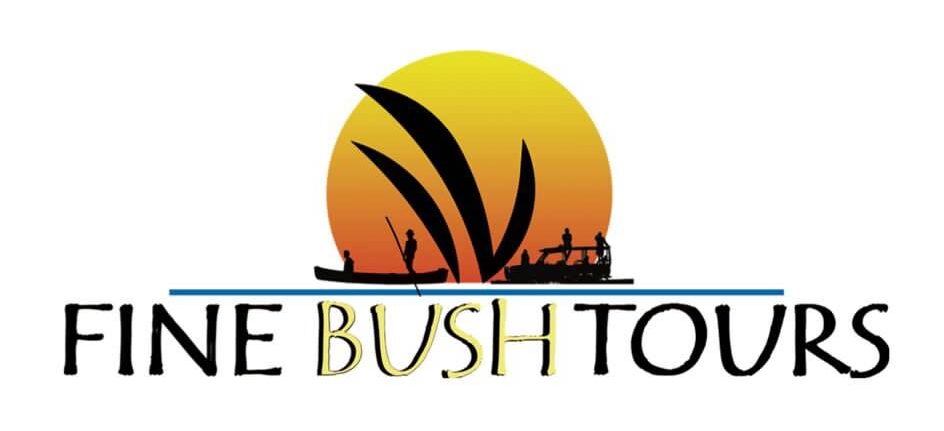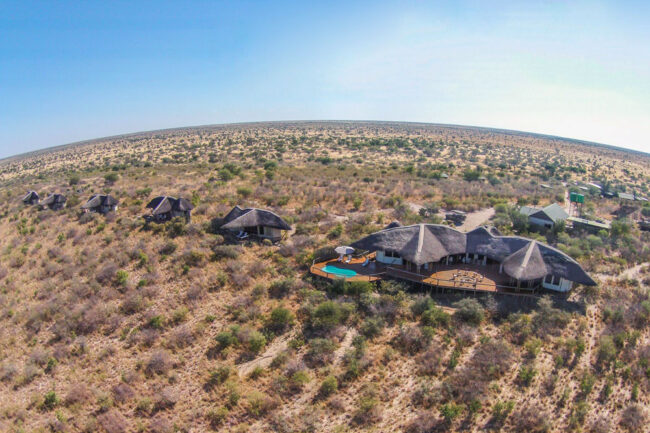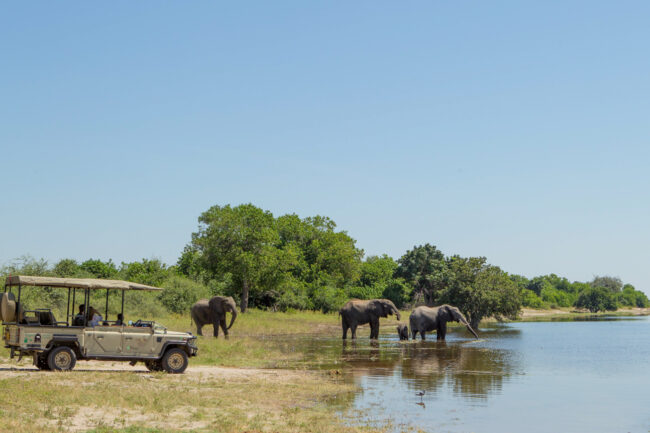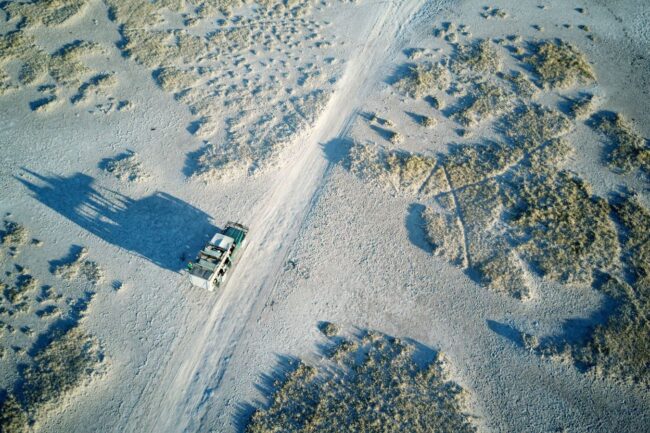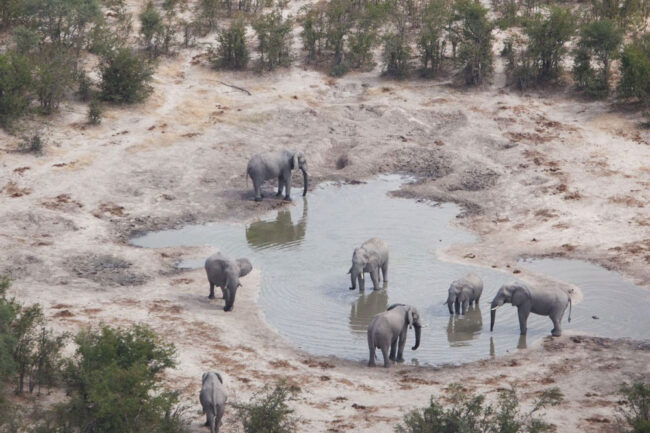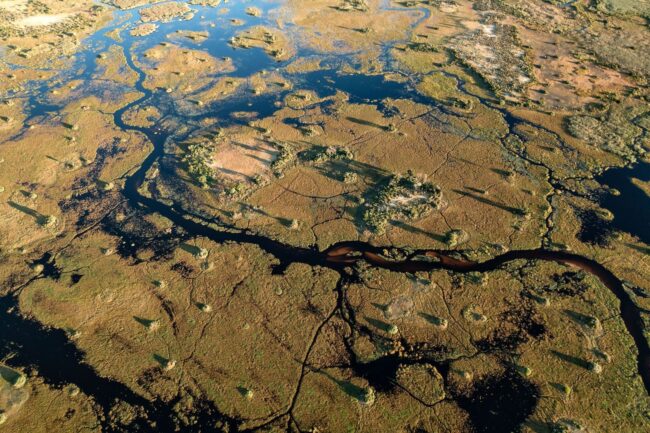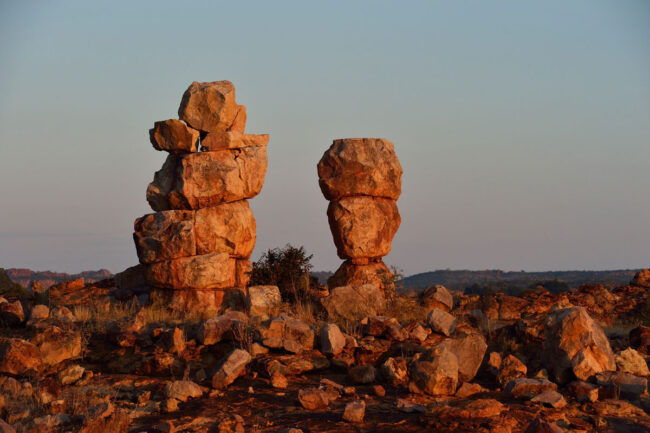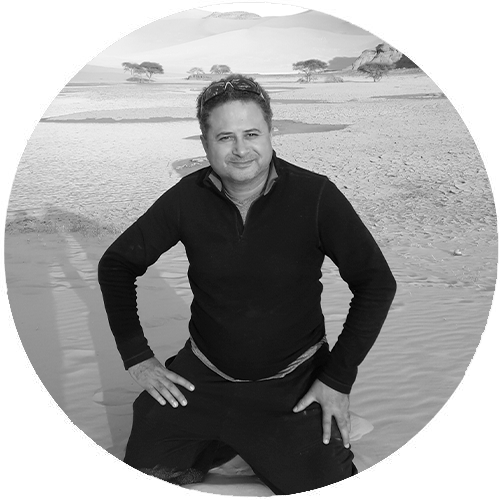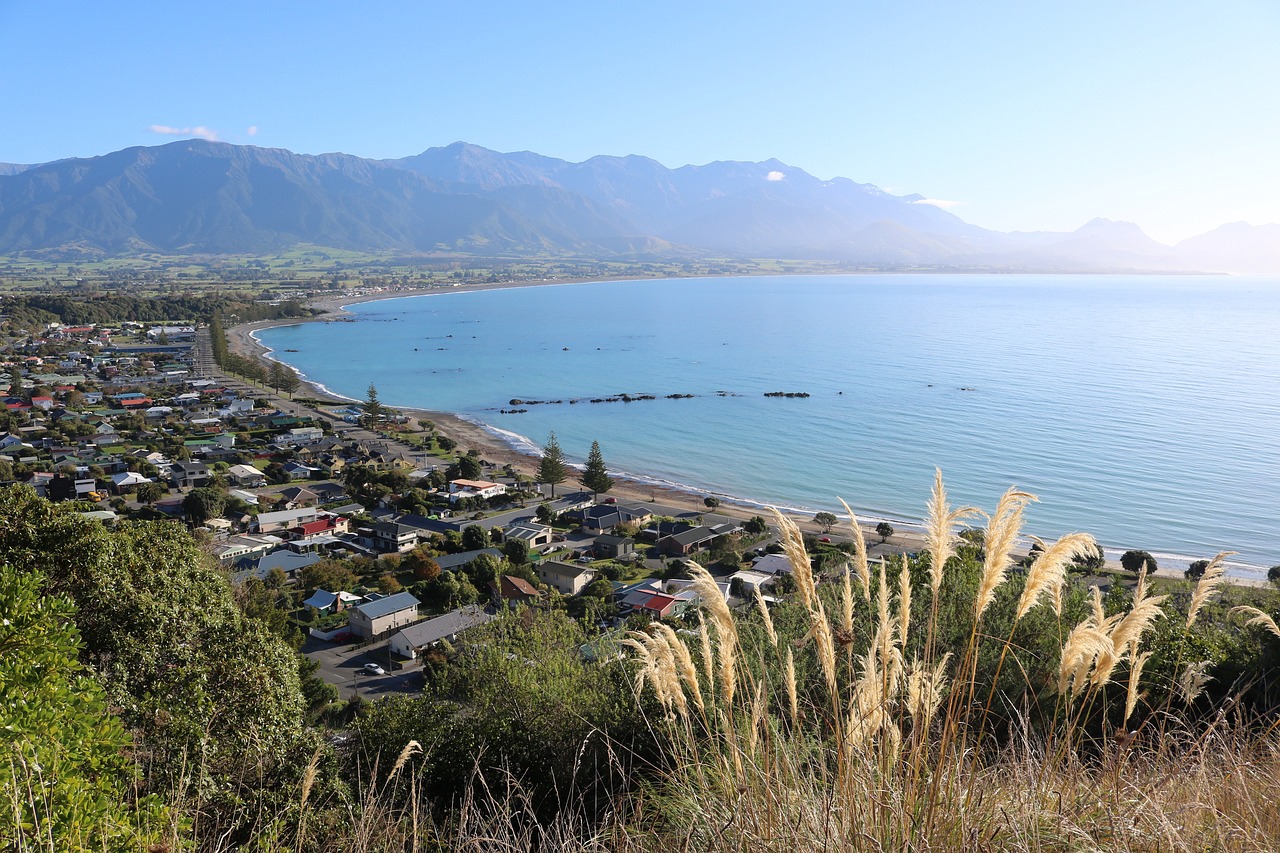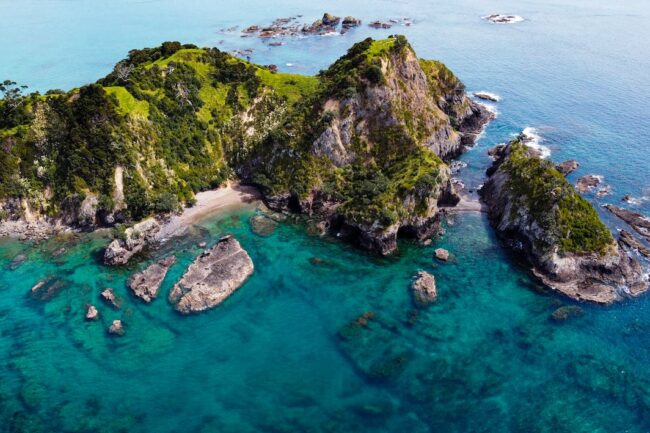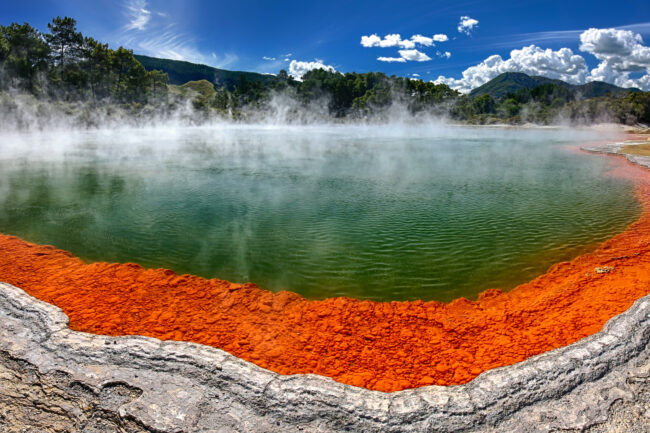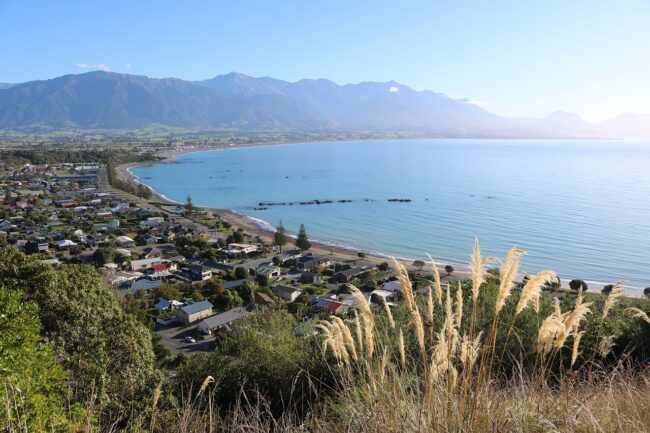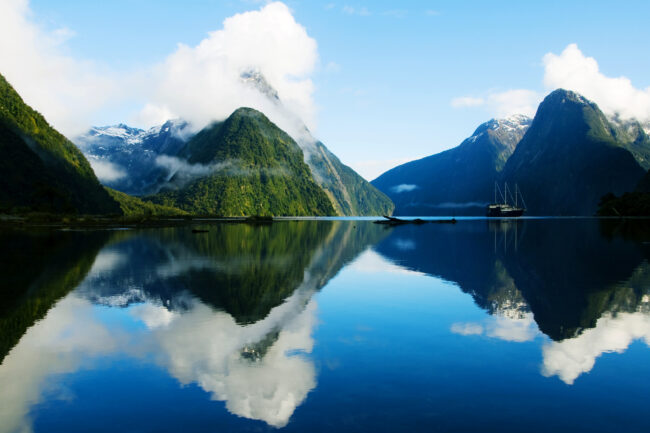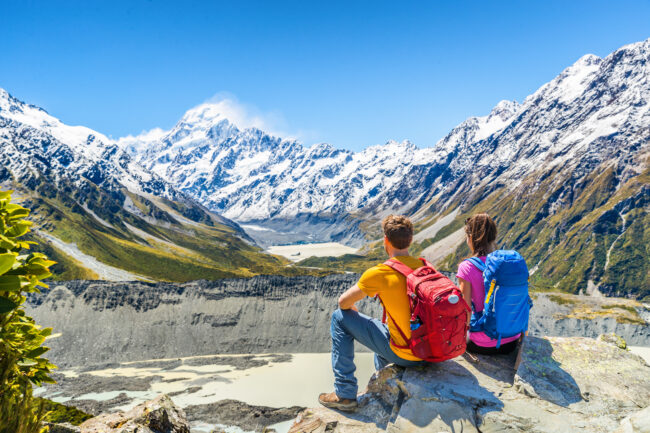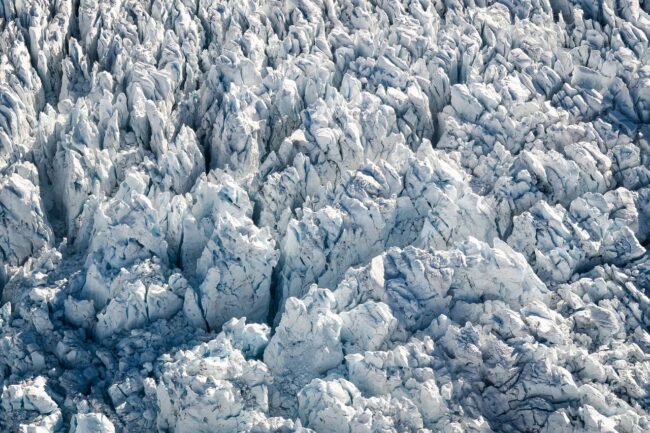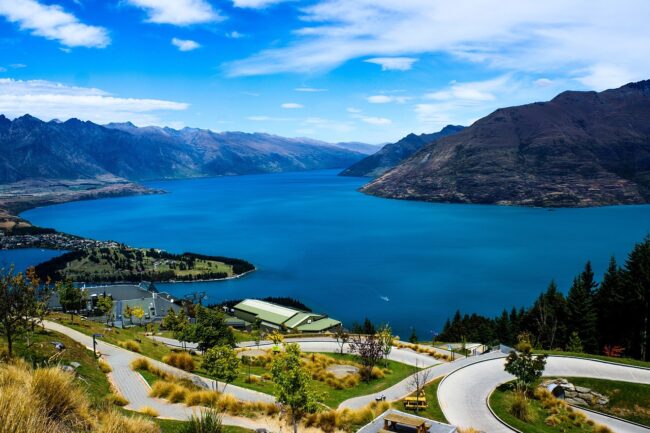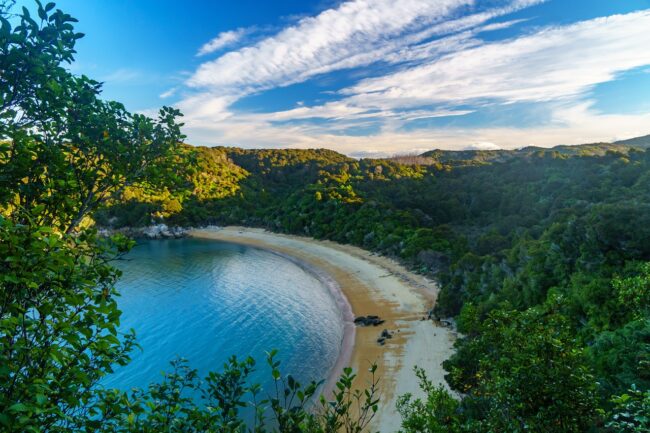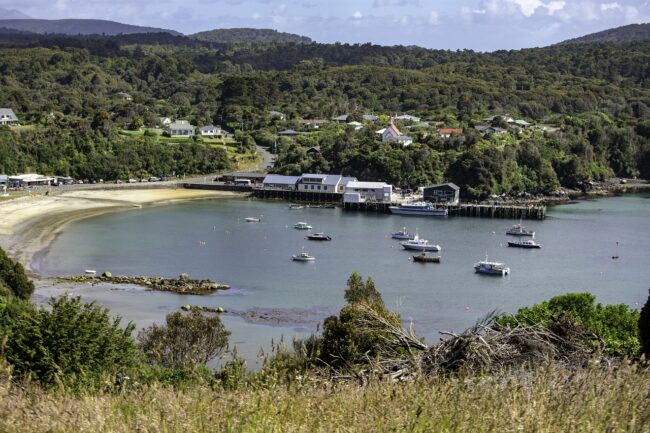Kenya
About African Quest
- In 1994, Tasneem Adamji (CEO and Founder) started African Quest Safaris Ltd (AQS). A renaissance woman, who truly believes in the magic of Africa and passionately wants her clients to enrich themselves in this experience. She wants her travellers to see the true soul of Africa through a new dimension of handcrafted holidays. Taher Adamji joined the company as General Manger in 1995, to bring his expertise and hands-on management to AQS. He is an operations wizard, who along with his staff provide those legendary glitch free safaris.
- Their style of working, professionalism and being ever present for their customer is the secret to AQS becoming the most sought out boutique travel company. The company’s 35 plus staff are young, dynamic and dedicated. The team is trained relentlessly with an accent on personal integrity and business ethics and a determination to deliver to every client’s needs.
- African Quest Safaris recognizes that in conducting its business, it has a responsibility to the environment and the communities in which it operates. The very nature of their business implies that they must always ensure our activities have the least possible negative impact on the environment, now and in the long term. The Management therefore believes that the most effective way of implementing a sustainable tourism policy is to integrate the policy’s main points into all the company’s relevant mainstream business activities.
- That is why African Quest Safaris is proud to be TRAVELIFE Certified with guides, consultants, accountants, administrators and the management having gone through the rigorous training to become Sustainability Managers.
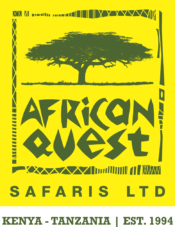

Tasneem Adamji
Managing Director
Product & Services
- FIT and Group Tours
- Family Groups
- Special Interest Tours
- Business Tourism and Incentives
- Conferences & Corporate travel
- Ground Handling
- Transport and Ground Logistics support
- VIP Airport meet & Greet
- Booking of Private Air Charters
Contact Info
-
AQS House | Off Mombasa Road
P.O. Box 44027 - Nairobi 00100
- Kenya
- +5372042114
Top Activities
- Go on adventure safaris to view abundant wildlife and landscapes including the Big Five.
- Take off in hot air balloons or helicopters and fly over the spectacular wilderness.
- Release your inner courage by sky-diving in the white sandy beaches of Diani.
- Experience the cultural life in remote and authentic tribal villages across the country.
- Test your limits while mountain climbing in the highest mountains in Africa.
- Play golf in the backdrop of the wild or looking across to glistening waters of lakes and the sea.
- Get your adrenaline rush by white water rafting or canopy tours.
- Discover the secrets of the deep by scuba diving and snorkelling in the Indian Ocean.
- Relax under ‘Canvas’ in the palm of mother nature.
- Celebrate your honeymoon, baby moons or anniversary in incredibly scenic locations.
Top Selected Tours
- Kenya Migration Special_7 days
- Kenya Rediscovered (Luxury Fly In)_10 days
- Northern Kenya – Lake Turakna Safari_9 days
- Photographers Realm Kenya_12 days
- Beyond the Trails_18 days
- Golf and Safari in Kenya_8 days
- Highlights of Kenya_11 days
- Kenya Bush and Beach Safari_14 days
- Kenya Family Safari_8 days
- Selected day excursions
Do you need a quotation or more details?
About Kenya
Venture beyond the savannahs to explore Kenya’s diverse terrain. Scale the slopes of Mount Kenya, Africa’s second-highest peak, and marvel at its snow-capped summit and ancient glaciers. Discover the rugged beauty of the Great Rift Valley, home to scenic lakes and dramatic escarpments, and explore the cultural heritage of Kenya’s pastoral communities in the Laikipia Plateau. Delve into Kenya’s rich cultural tapestry by interacting with local communities such as the Maasai, known for their distinctive traditions and colorful attire. Explore the Swahili coast, where centuries of influences have shaped a unique blend of architecture, cuisine, and customs, and unwind on pristine beaches surrounded by crystal-clear waters.
For relaxation and rejuvenation, Kenya offers a range of accommodations, from luxury lodges to eco-friendly resorts, set amidst breathtaking landscapes. Whether you’re enjoying a tented safari camp under the stars or lounging in a beachfront villa, Kenya’s hospitality ensures a memorable stay. Whether you’re seeking adventure, wildlife encounters, or cultural immersion, Kenya promises an unforgettable journey filled with unforgettable moments and cherished memories. So pack your bags and let Kenya’s magic enchant you, one breathtaking experience at a time.
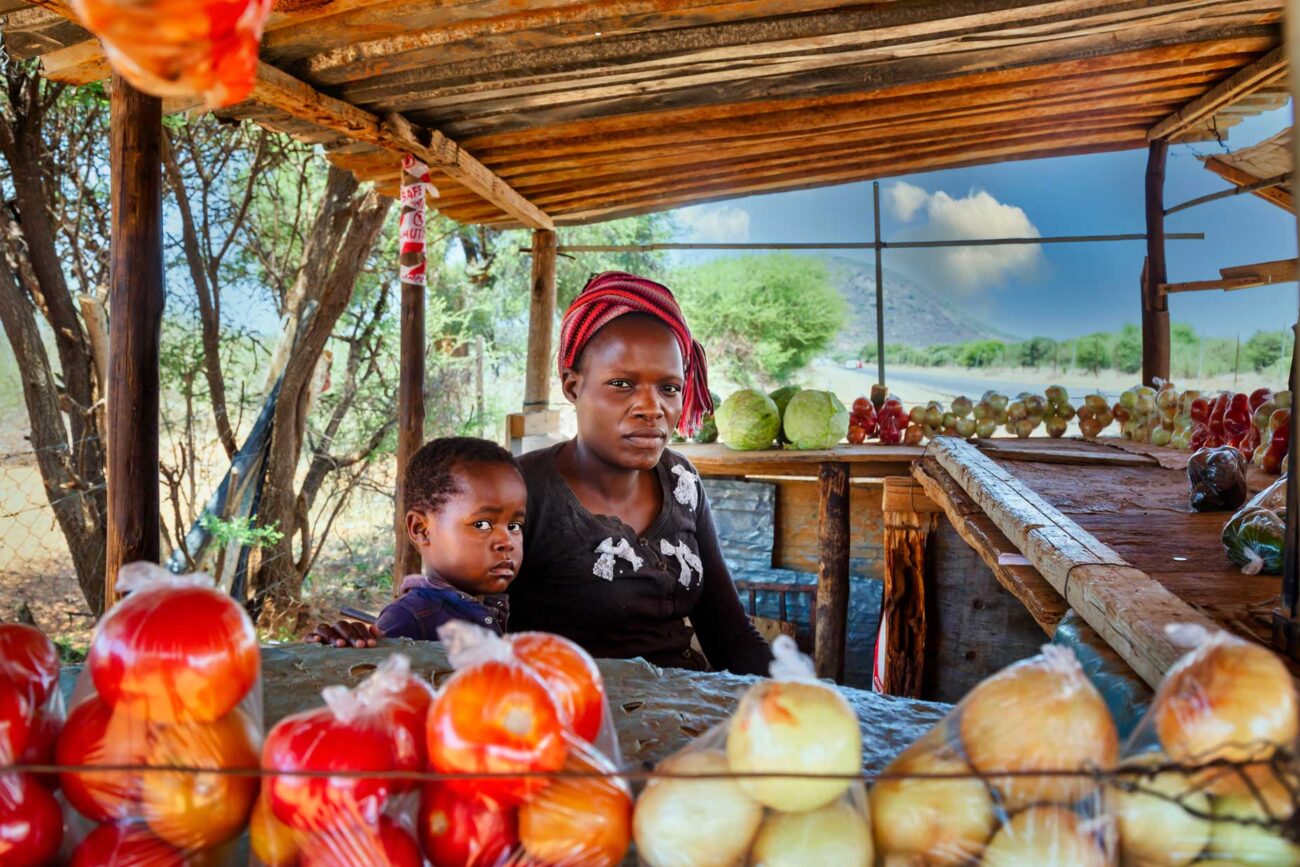
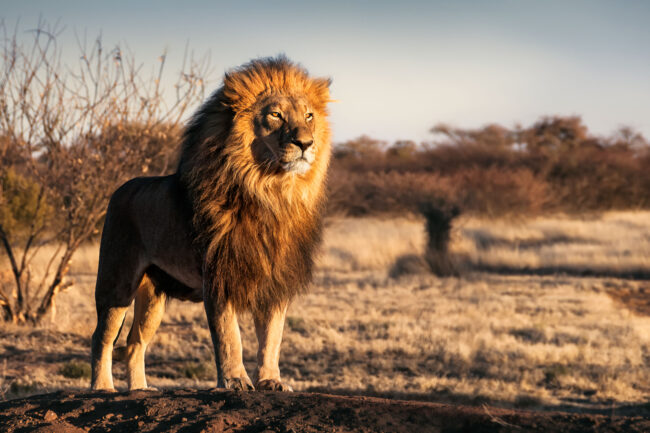
Wilderness Area
The diversity of game in the wilderness and the unique landscape of Kenya is simply breathtaking; it’s easy to understand why this is the authentic home of safaris.
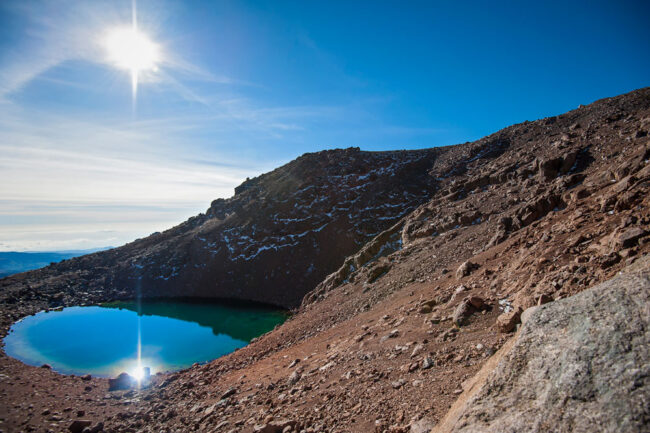
Highlands and Valleys
Enjoy pure and unspoilt landscapes and the spectacular views of the green upcountry and a whim of nature cascades across the meandering hills.
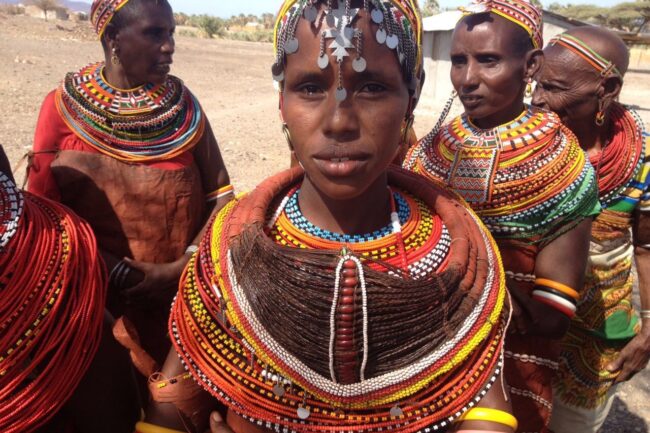
Northern Kenya
With a fun all-terrain vehicle, tour these rugged terrains and experience the thrills, well cut out landscapes that flourish into the horizon and even desert wildlife.
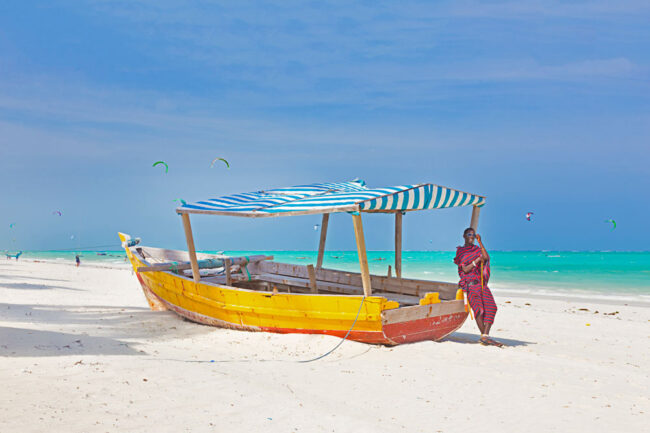
Indian Ocean Coastline
The pristine tropical beaches of East Africa have received numerous awards as the most beautiful beaches in the world, palm trees, soft white sands, and pure, blue waters.
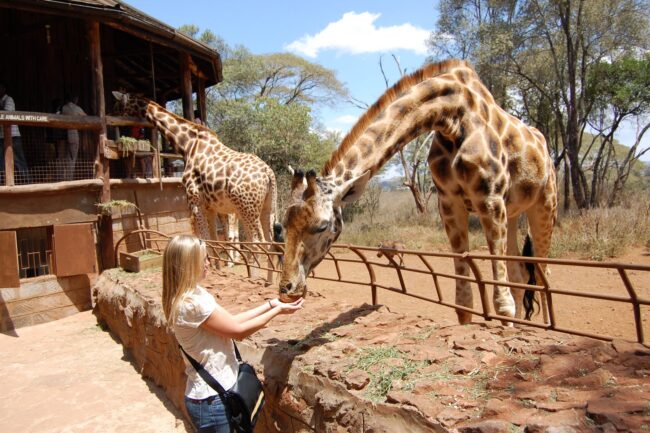
City Escapes
Starting with the ‘World’s only wildlife capital’ of Nairobi city to the Gateway city of East Africa, Mombasa and Lake Victoria’s hub, Kisumu, our metros are modern with a blend of cultures from across the globe.
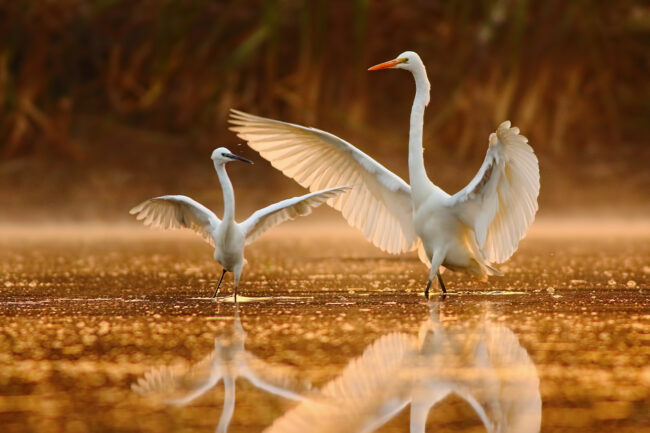
Great Rift Valley Lakes
From bird watcher’s paradise, spectacular scenes of hot springs and geysers, to pristine nature islands.
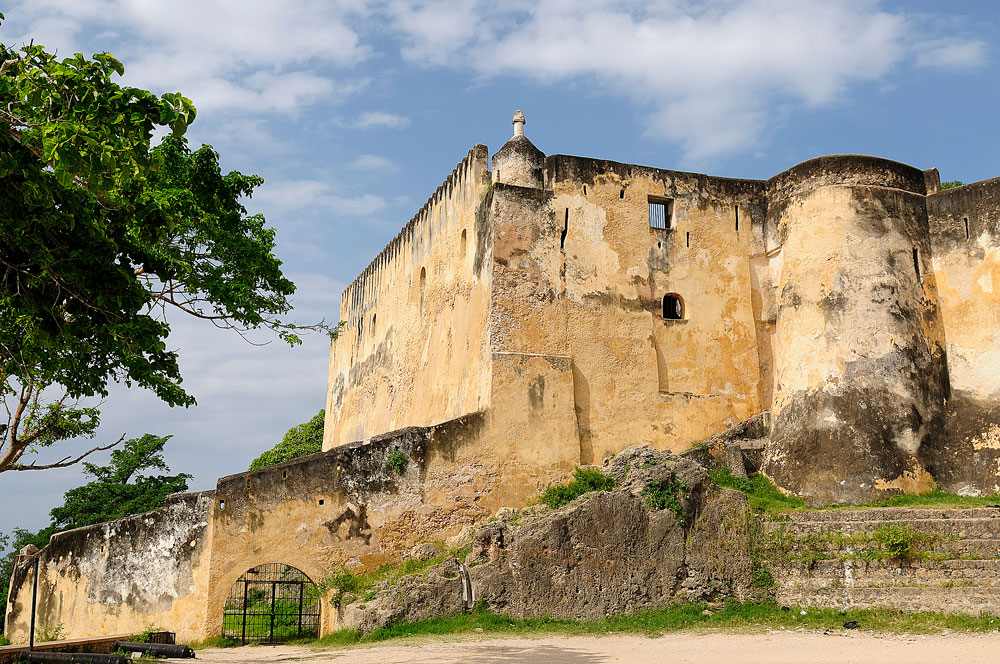
Cultural & Heritage sites
You could choose to stay in the villages and experience untainted traditional ways of life or experience the magnificent 6 World Heritage sites identified by UNESCO.
